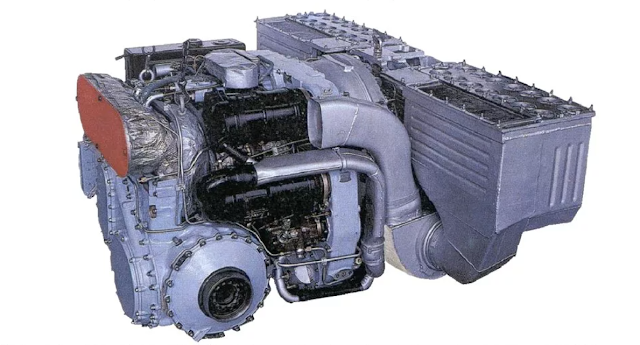Storage of armoured vehicles

Placement of armoured vehicles in storage and servicing them at regular intervals. Development and implementation of measures aimed at reducing the time required to remove the vehicle from storage. Inspection of technical conditions of armoured vehicles placed in storage, quality control of maintenance operations performed on them and quick removal of detected defects. Correct planning and technical support for recording performed maintenance on stored equipment. Construction of armoured vehicle depots, warehouses, servicing lines for performing standard maintenance and storing equipment.
- Short-term storage (up to one year)
- Long-term storage (more than one year)
- Equipment is treated with preservation grease without sealing
- Equipment is sealed with preservation grease and placed for internal dehydration before final sealing
Experience shows that long-term storage of military hardware, including armoured vehicles and their armament, and equipment, is a necessary phase in their designed life span. Expenses incurred in this care are huge. Preserving the operability of military hardware containing a lot of complex devices, systems and components, is only possible if advanced storage and preservation methods are based on the use of dry air, inert medium and vacuum.
Automated equipment for long-term storage and in-storage maintenance of armoured vehicles
The most effective method of preservation of military hardware, armoured vehicles and all above, which are currently in storage in large quantities, is their placement in a dry air medium with a relative humidity of around 40%-60%. The dry air method for storing military equipment envisions the use of automated storage systems. A standard storage system incorporates a protective medium generating plant, an automatic subsystem for controlling the parameters of the generated medium and a closed volume where the protective medium is spread. There are individual and group storage systems. The group storage system is a more economically friendly solution. It comprises a number of closed volumes (sealed tent covers) or technological service lines. The group storage system based on technological service lines does not incorporate the usage of closed volumes like sheds or hangars. It dries the air inside the stored vehicles, mainly the hull and turret.

The closed storage volumes designed for other systems (second-generation systems), including those for armoured vehicles, can be made as the transportable cover made out of film-fabric materials. The systems are designed either for each type of armoured vehicle be it only covering each vehicle individually or being able to cover a group of vehicles. This 'cocoon' method integrates the usage of safety alarms, fire alarms and lighting arrays. A closed-volume design for the storage of weapons can be provided with a hoist. It's manufactured for use in cold and warm climates and can be equipped with temperature and/or humidity control devices.
A group storage system designed for existing and future tanks, armoured personnel carriers and IFVs is easy to integrate. Only the connector ports have to be changed out for different vehicle types. The use of such a system in long-term storage makes it possible to maintain stored equipment in serviceable conditions and reduce the overall needed cost to maintain stored equipment. This type of system is set to pay off in 1-2 years.
High-pressure air-drying plant
Armoured vehicle storage implies a period of time when they are not operated, but their readiness for use is maintained permanently by the application of different methods and technologies to their protection from environmental effects and by taking various technical and organizational measures.
Depending on the duration, there are 2 different ways to keep armoured vehicles correctly stored.
The system is comprised of:
- Air drying module
- Air heating module
- High-pressure fan
- Power supply and control panel
- Moisture (water) collection tank
- Trolley
The purpose of this line is to supply dry air from the high-pressure air dryer into the hulls of the vehicles placed in storage and remove humid air from the interior and send it to the high-pressure air dryer.
The line consists of:
- Air delivery duct
- Air removal duct
- Air removing hoses
- Air delivery hoses
- Air delivery line inlet pipe
- Air removing line outlet pipe
- Air duct clamps for attaching to vehicles
- Dry air diffusers
- Electrical equipment cabinet
- Main supports (piping frame)
- Auxiliary supports (for metal structures only)
- Steel wire-rope bracing facilities (for structures made from film-fabric material only)









Comments
Post a Comment